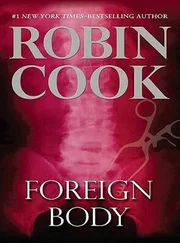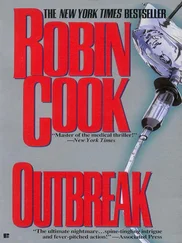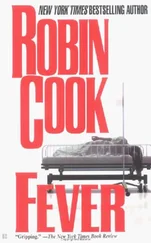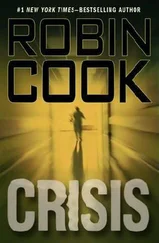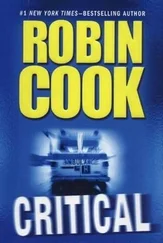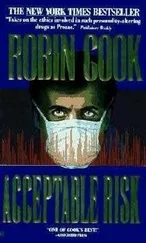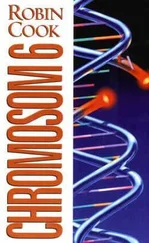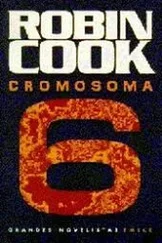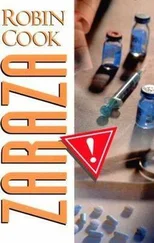“This is cozy,” Daniel commented. Thanks to his six-foot-one-inch frame, his knees were pressed up against the seat in front of him.
“How are you feeling now? Are you tired?”
“No, and especially not after that jolt of high-test coffee.”
“Then talk to me about the shroud! I really want to hear.” Thanks to the long line waiting to use the restroom on the flight from Boston to Rome, there hadn’t been time for the subject to come up before they landed.
“Well, first off, I don’t have any theory about how the image was formed. It’s definitely an intriguing mystery, that much I’ll agree, and I was particularly taken by the poetic way Ian Wilson described it as ‘a photographic negative waiting dormant like a time capsule for the moment of photography’s invention.’ But the idea of the image being evidence of the Resurrection as both you and he suggested, I don’t buy. It’s faulty scientific reasoning. You can’t posit an unknown and counterintuitive process of dematerialization to explain an unknown phenomenon.”
“What about black holes?”
“What are you talking about?”
“Black holes have been posited to explain unknown phenomena, and black holes are certainly counterintuitive from our direct scientific experience.”
There was a period of silence, save for the muffled roar of the jet engines mingling with the rustle of morning newspapers and the tapping of laptop keyboards.
“You have a point,” Daniel admitted finally.
“Let’s move on! What else caught your interest?”
“Quite a few things. One that comes to mind is the result of reflectance spectroscopy showing dirt on the images of the feet. It seemed to me to be such an ordinary discovery, until I learned that some of the granules were identified by optical crystallography to be travertine aragonite that had a spectral signature matching limestone samples taken from ancient Jerusalem tombs.”
Stephanie laughed. “Leave it to you to be impressed by one of the more arcane scientific details. I don’t even remember that tidbit.”
“It strains one’s credibility that a fourteenth-century French forger would have gone to such an extent as to obtain and sprinkle such detritus on his supposed creation.”
“I couldn’t agree more.”
“Another fact that caught my attention was that when one looks at the intersection of the habitats of the three Middle-Eastern plants whose pollens are the most prevalent on the shroud, it narrows the shroud’s apparent origin to the twenty miles between Hebron and Jerusalem.”
“Curious, isn’t it?”
“It’s more than curious,” Daniel said. “Whether the shroud is the burial cloth of Jesus Christ or not is certainly not proved-nor, I might add, can it ever be-but in my mind the artifact came from Jerusalem, and it wrapped a man who had been scourged in the ancient Roman fashion, whose nose had been broken, who had thorn wounds on his head, and who had been crucified and suffered a lance wound to his chest.”
“What did you think of the historical aspect?”
“It was well presented and captivating,” Daniel acknowledged. “After reading it, I’m willing to entertain the idea that the Shroud of Turin and the Edessa Cloth are one and the same. I was particularly taken by the way the shroud’s crease marks have been used to explain how it could have been displayed in Constantinople as merely the head of Jesus, as the Edessa Cloth was generally described, or Jesus’ entire body, front and back, as described by the crusader Robert de Clari. He was the individual who saw it just prior to its disappearance during the sacking of Constantinople in 1204.”
“Which means the carbon-dating results are in error.”
“As troublesome as that sounds to me as a scientist, it seems to be true.”
Hardly had they gotten their orange juices before the seat-belt sign came back on, along with an announcement that the pilots were making their initial approach to Turin’s Caselle Airport. Fifteen minutes later, they landed. As full as the plane was, it took them almost as long as the flight from Rome to get off the plane, walk the length of the concourse, and find the appropriate luggage carousel.
While Daniel waited for their bags to appear, Stephanie noticed a cell phone concession, and she went over to rent one. Before leaving Boston, she had learned that her stateside cell phone would not function in Europe, although it would in Nassau, and to be sure she did not miss any emails from Butler while in Turin, she needed a European cell phone number. As soon as she could, she planned to set it up so Butler’s emails would go to both numbers.
Emerging from the terminal with their luggage in tow and their coats on, they joined a taxi line. While they waited, they got their first glimpse of the Piedmont. To the west and north they could see snowcapped mountains. To the south, a mauve haze hung over the industrial part of the city. The weather was cool and not too dissimilar to what they had left in Boston, which made sense, since the two cities were at approximately the same latitude.
“I hope I don’t regret not renting a car,” Daniel said, while watching the full taxis rocket away.
“The guidebook said parking in the city is impossible,” Stephanie reminded him. “The positive side is that Italian drivers are supposed to be good, even if they are fast.”
Once underway, Daniel held on with white-knuckle intensity as the driver lived up to Stephanie’s description. The taxi was a postmodern Fiat with blocky styling that made it appear to be an amalgam of an SUV and a compact car. Unfortunately for Daniel, it was remarkably responsive to the accelerator.
Stephanie had been to Italy on several occasions and had specific expectations of what the city would look like. Initially, she was disappointed. Turin had none of the medieval or Renaissance charm she associated with places like Florence or Siena. Instead, it seemed to be an indeterminately modern city beset with suburban sprawl and, at the moment, caught in the clutches of morning rush hour. The traffic was heavy, and all the Italian drivers seemed equally aggressive, with lots of horn blowing, rapid accelerations, and equally rapid braking. The ride was nerve-racking, especially for Daniel. Stephanie tried to start a conversation, but Daniel was too engrossed with watching for the next close call out the windshield.
Daniel had booked a single-night stay in what his guidebook described as the city’s best hotel, the Grand Belvedere. It was in the center of the old city, and as they entered that quarter, Stephanie’s impression of Turin began to change. She still wasn’t seeing the kind of architecture she expected, but the city began to have its own unique charm, with wide boulevards, arcaded squares, and elegant Baroque buildings. By the time they pulled up in front of their hotel, Stephanie’s disappointment had metamorphosed into a qualified appreciation.
The Grand Belvedere was the last word in late-nineteenth-century luxury. The lobby was embellished with more gilded putti and cherubs than Stephanie had ever seen in one place. Marble columns soared up to support archways, while fluted pilasters lined the walls. Liveried doormen rushed to carry in their luggage, which was a rather extensive collection, since they had packed for a month’s stay in Nassau.
Their room had a high ceiling, a large Murano chandelier, and less ornamentation than the lobby, but it was just as glitzy. Gilded winged cherubs hovered in all four corners of the heavy cornice. The tall windows looked out onto the Piazza Carlo Alberto, on which the hotel was sited. Heavy, dark red brocade curtains with hundreds of tassels draped the windows. The furniture, including the bed, was all composed of massively carved dark wood. On the floor was a thick Oriental carpet.
Читать дальше

